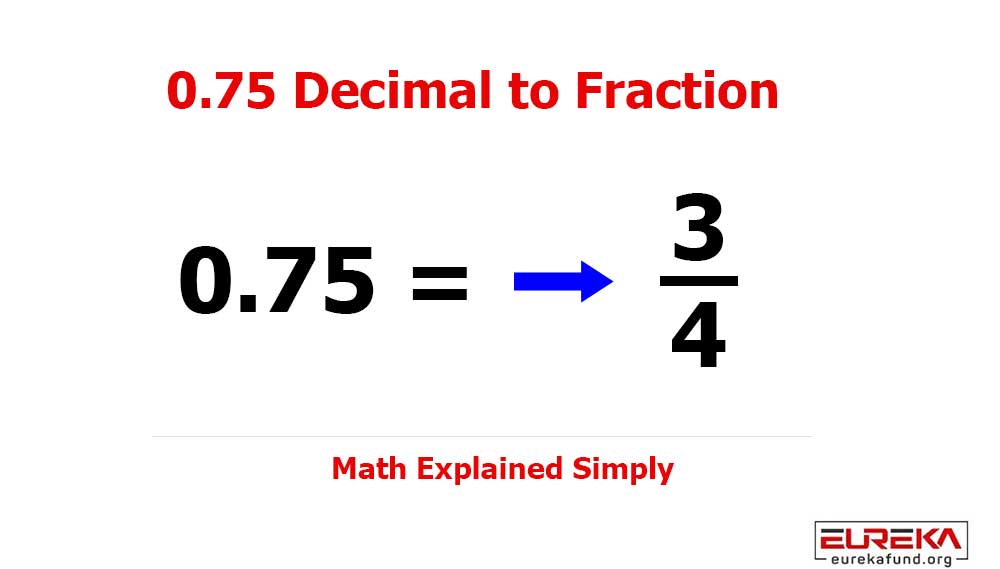Converting decimals into fractions is a foundational math skill with real-world applications in education, cooking, construction, engineering, and science. One common conversion people search for is 0.625 as a fraction.
Whether you’re solving a math problem, measuring ingredients, or working with precise dimensions, understanding how to convert 0.625 into a fraction helps simplify calculations and ensures accuracy.
In this guide, you’ll learn:
- What 0.625 represents mathematically
- How to convert 0.625 into a fraction step by step
- How to simplify and verify the result
- Where this conversion is commonly used
Why Convert Decimals to Fractions?
Decimals and fractions express the same numerical value, but fractions are often more practical and precise in many situations.
Why fractions are preferred:
- Exact values (no rounding errors)
- Easier measurements (especially in inches, cups, or tools)
- Standard format in mathematics and engineering
Example: Instead of measuring 0.625 cups, most recipes will instruct you to use 5/8 cup, which is easier to visualize and measure.
What Does 0.625 Represent as a Fraction?
The decimal 0.625 has three digits after the decimal point, which means it represents 625 thousandths.
So, it can be written as a fraction:
0.625 = 625 / 1000
This fraction is correct, but it is not yet in its simplest form.
Step 1: Write the Decimal as a Fraction
Since there are three decimal places:
0.625 = 625 / 1000
Step 2: Find the Greatest Common Divisor (GCD)
To simplify the fraction, we find the greatest common divisor (GCD) of 625 and 1000.
Factors of 625: 1, 5, 25, 125, 625
Factors of 1000: 1, 2, 4, 5, 8, 10, 20, 25, 40, 50, 100, 125, 200, 250, 500, 1000
✅ Greatest common divisor = 125
Step 3: Divide the Numerator and Denominator by the GCD
- 625 ÷ 125 = 5
- 1000 ÷ 125 = 8
So the simplified fraction becomes:
5 / 8
Final Answer
0.625 as a fraction (simplified) = 5 / 8
How to Verify the Result
Method 1: Convert the Fraction Back to a Decimal
Divide the numerator by the denominator:
5 ÷ 8 = 0.625
✔ This confirms the conversion is correct.
Method 2: Cross-Multiplication
To verify equivalence:
- 625 × 8 = 5000
- 5 × 1000 = 5000
✔ Since both sides are equal, the fraction is correct.
Quick Reference Table
| Decimal | Fraction | Simplified |
| 0.625 | 625 / 1000 | 5 / 8 |
Summary of Steps
To convert 0.625 into a fraction:
- Write it as 625 / 1000
- Find the GCD (125)
- Divide numerator and denominator by 125
- Get 5 / 8
Final Answer: 0.625 = 5 / 8
Where Is This Conversion Commonly Used?
1. Cooking & Baking
Recipes often use fractions rather than decimals.
- 0.625 cup = 5/8 cup
2. Construction & Engineering
Measurements like 5/8 inch are standard in tools, materials, and blueprints.
3. Mathematics & Education
Fractions are frequently required in:
- Algebra
- Geometry
- Word problems
- Exams and homework
4. Science & Technical Fields
Exact fractions prevent rounding errors in calculations and measurements.
Conclusion
To convert 0.625 into a fraction, follow these steps:
- Write it as 625/1000
- Find the GCD (125)
- Divide both numbers by 125
- Get 5/8
Final Answer: 0.625 = 5/8
Mastering decimal-to-fraction conversions improves mathematical confidence and makes real-world tasks—from cooking to construction—much easier.
FAQs
Is 0.625 equal to 5/8?
Yes. Dividing 5 by 8 equals 0.625 exactly.
Why do we use 1000 in the denominator?
Because 0.625 has three decimal places, placing it in the thousandths position.
Can 0.625 be written as a mixed number?
No. Since it is less than 1, it remains a proper fraction: 5/8.
Is 5/8 the simplest form of 0.625?
Yes. There is no common factor other than 1 between 5 and 8.




